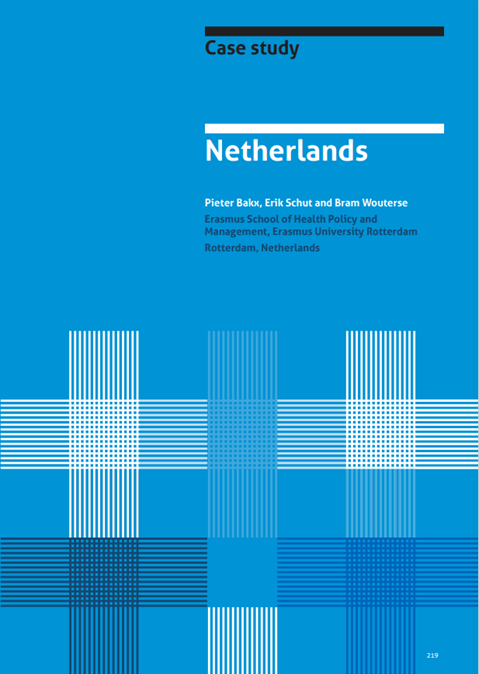Netherlands case study 2021

Overview
The Netherlands has a long tradition of public long-term care provision. The Dutch system is known for its broad access to a wide range of long-term care services, which not only includes good quality nursing home care, but also extensive home care and social assistance. At the same time, this long tradition has led to a complicated mix of three financing schemes – social long-term care insurance, social health insurance, and tax-financed social support – each of which pays for other types of long-term care. In all three schemes, the national government has delegated the contracting of private care providers to a different party (regional purchasing offices, health insurers, municipalities). The extent and kind of (price) regulation, the way of contracting and pricing, and the distribution of financial risk between the national government, the contractor, and the private providers differ across schemes.
In this report, we describe the pricing and contracting in these three financing schemes. We identify two common best practices. First, care is highly accessible, and the distribution is equitable. Second, integrated prices, which play a role in all schemes, give room to providers to tailor care to the specific needs of a patient. We also identify three challenges: ensuring the coordination and sharing of responsibilities within each financing scheme, improving the coordination of care provision across the three financing schemes, and modifying price setting and contracting to improve quality, efficiency, innovation and prevention
